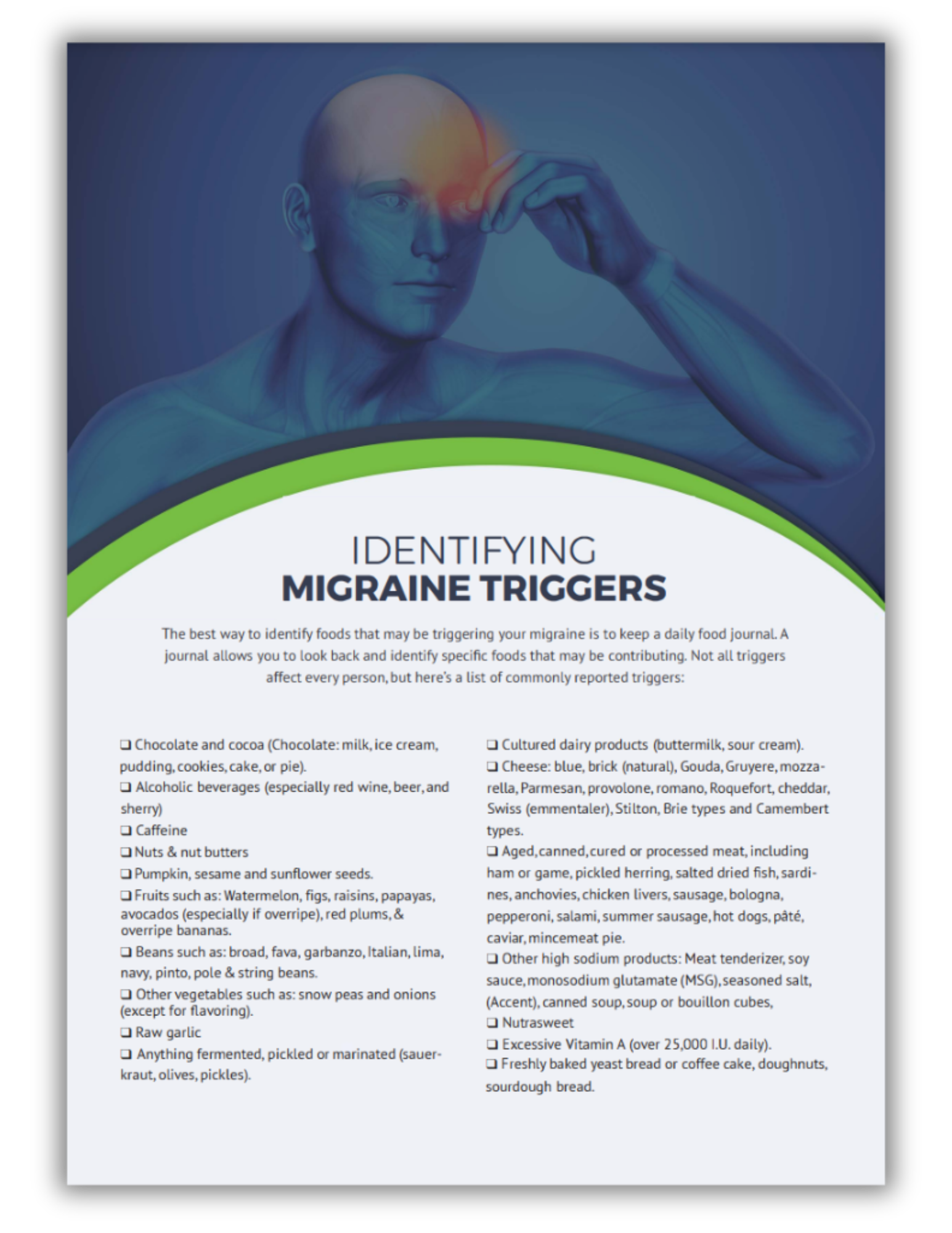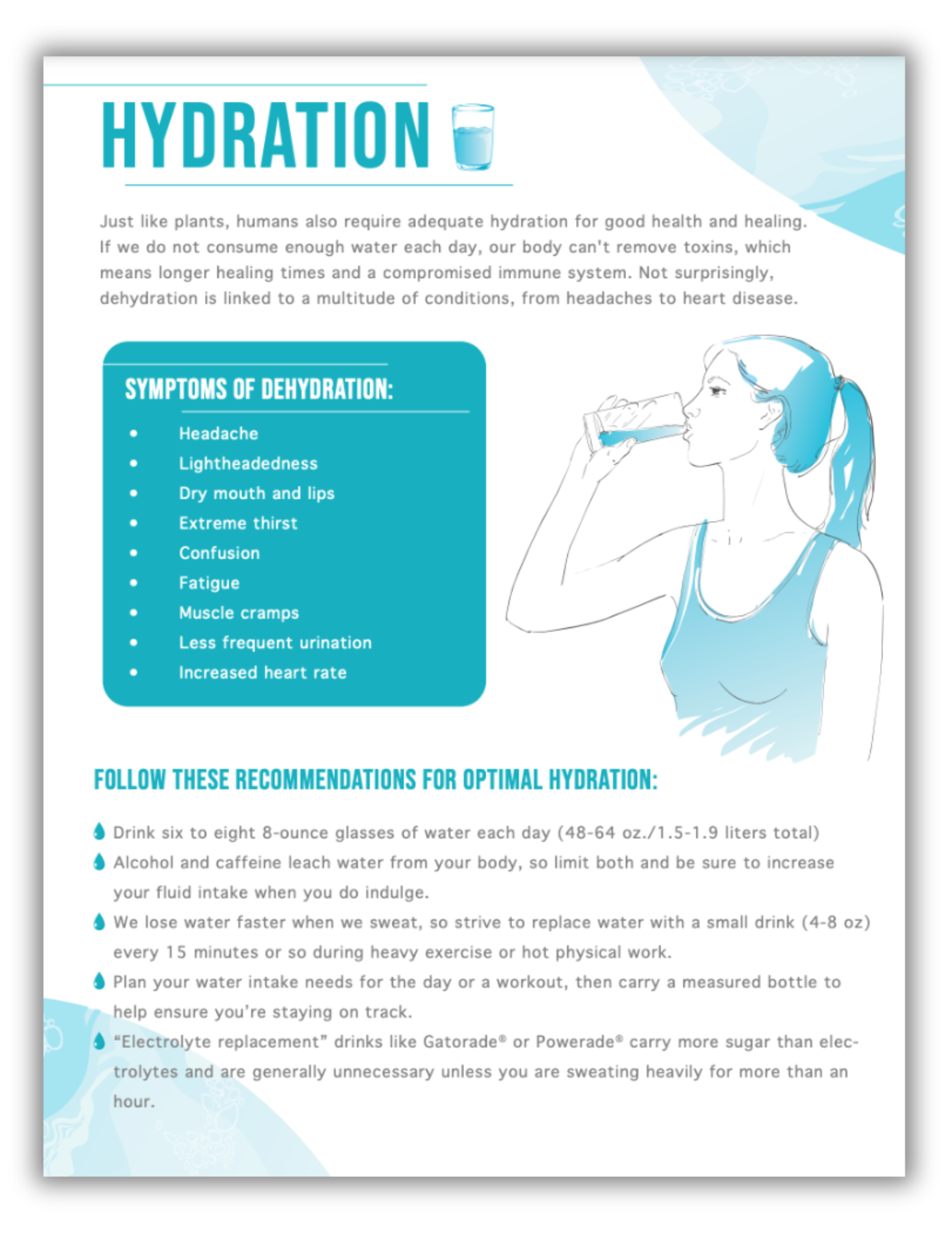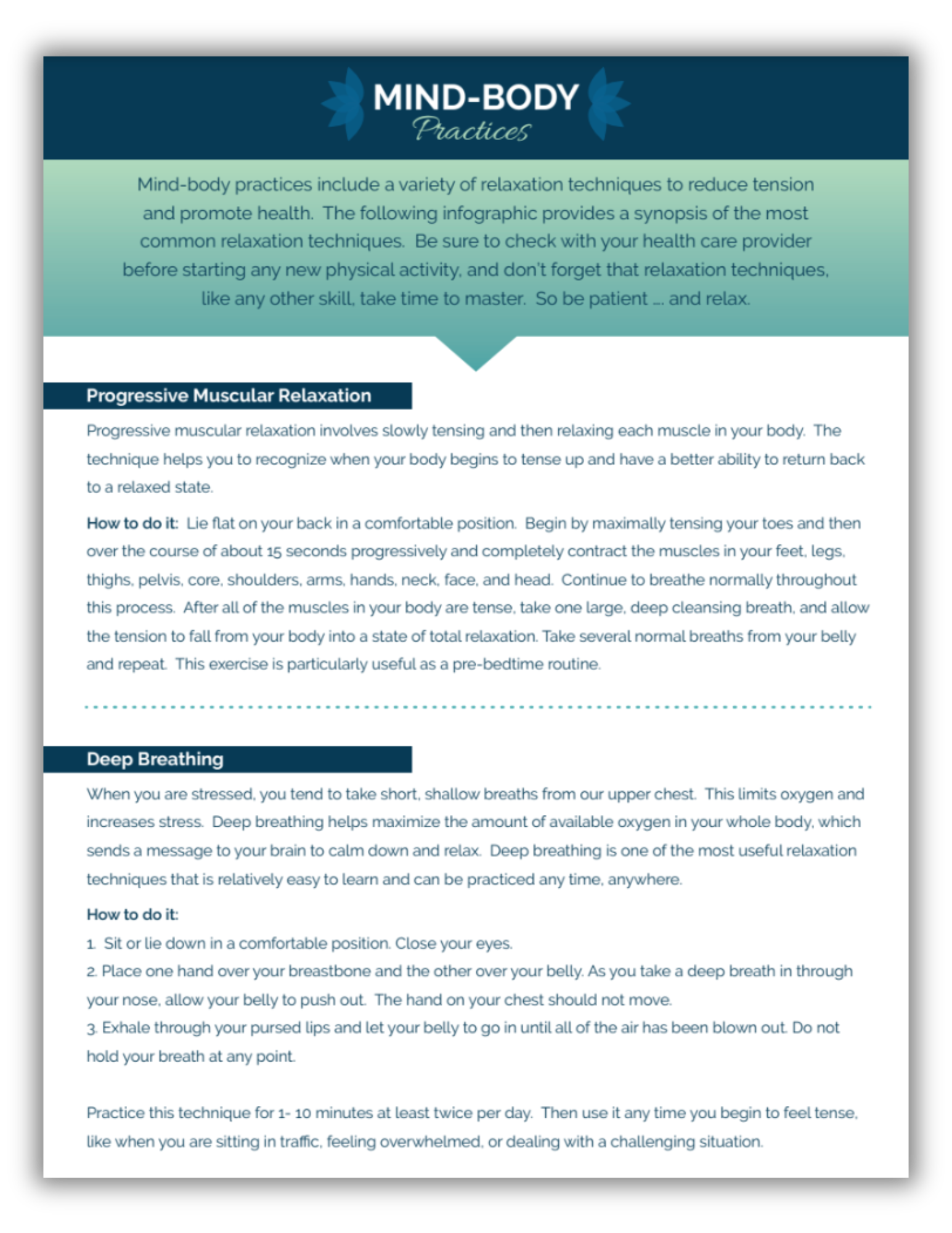Revolutionize Your Migraine Management: The Top 10 Chiropractic Tools of 2024
Updated from 7/26/2020
Emerging best-practice research never fails to teach us something new, and ChiroUp uses that data to keep your 150 management protocols up-to-date.
In fact, in the past 24 months, your ChiroUp protocol for Migraine headaches has been updated nearly two dozen times with game-changing research regarding migraine and chiropractic. This blog will highlight our top 10 research-backed tools related to chiropractic treatment for migraines.
Management of Migraine
1. Spinal Manipulation for Migraines
Several clinical trials and research studies suggest that spinal manipulation is an appropriate treatment for migraine headaches. A Harvard study found that SMT reduced migraine days and pain intensity. On average, adding SMT to usual medical care leads to approximately two (1.9) fewer migraine days per month. Another paper demonstrated a “significant reduction” of migraine intensity in almost half of those patients receiving spinal manipulation. Nearly one-fourth of migraine patients reported greater than 90% fewer attacks.
Spinal manipulation has demonstrated similar effectiveness but longer-lasting benefits with fewer side effects than a well-known and efficacious medical treatment (amitriptyline).
Safety of spinal manipulation for migraines: A study to define adverse events following chiropractic spinal manipulation for migraines found that “adverse events were mild and transient [i.e., soreness], and severe or serious adverse events were not observed.”
Bonus: Check out the ChiroUp Safety of SMT toolkit for more resources, including a provider webinar, two infographics, and a lay to set the record straight about chiropractic for migraines.
2. Manual Therapy for Migraines
Migraine patients harbor trigger points in the SCM, upper trapezius, and splenius capitis that, when activated, can reproduce migraine headaches. Not surprisingly, manual therapy, including soft tissue manipulation and massage, has demonstrated success in the treatment of migraine headaches.
Clinicians should pay particular attention to the suboccipital muscles since the rectus capitis posterior minor shares a dense connective tissue bridge with the pain-sensitive spinal dura at the level of the atlantooccipital junction.
Bonus: ChiroUp subscribers can check out one of our favorite manual therapy tools: Suboccipital nerve flossing.
3. Acupuncture and Dry Needling
Multiple studies have shown that acupuncture is helpful in the treatment of migraine. Emerging research suggests that dry needling may also help manage migraine headaches.
4. Exercise for Migraine Headaches
Aerobic exercise can significantly reduce migraine frequency, intensity, and duration. Exercising for 40 minutes three times per week has shown similar benefits to a proven prophylactic medication.
Bonus: Check out this prior blog for two potential neck exercises for migraines.
5. Yoga for Migraine
Two new studies have further confirmed that yoga for migraines may reduce headache frequency, intensity, and duration:
" ... the current data suggest that yoga can be beneficial in helping patients suffering from migraine headaches by reducing their frequency, duration, and pain.” (1)
“This meta-analysis included six RCTs [that concluded] yoga therapy was associated with remarkably decreased pain intensity, headache frequency, [and] headache duration.” (2)
6. Migraine Food Diary
One of the best prophylactic tools is maintaining a “food diary” to help recognize and eliminate unique food triggers.
Bonus: Download this ChiroUp Food Trigger infographic to help your patients identify their prime suspects.
7. Diet for Migraine Prevention: Nutritional Advice
Dietary fats trigger the synthesis of prostaglandins, which are known as migraine triggers. Low-fat diets have been shown to play a role in migraine prevention. Weight loss may decrease the frequency of migraine and other primary headaches (tension, cluster).
One new study reported that “adherence to [dietary] advice, particularly the reduction in carbs, red and processed meat consumption, is useful in migraine management, reducing migraine frequency and disability.”
Patients on a low sodium (DASH) diet for migraine prevention report a decrease in headache frequency vs those on a high sodium diet.
Bonus: ChiroUp subscribers can download this DASH infographic for advice pertaining to a diet for migraines in the Forms Library by searching “DASH”.
8. Hydration
Increased hydration may also produce subjective improvement in headache disability and intensity. One recent study showed “The results showed that the severity of migraine disability pain severity headaches frequency and duration of headaches were significantly lower in those who consumed more total water.”
Bonus: ChiroUp subscribers can download this Hydration infographic in the Forms Library by searching “Hydration”.
9. Natural Supplements for Migraines
An excellent literature review by Orr (3) provided the following recommendations for supplements for migraine prevention, which ChiroUp condensed and updated with the latest research.
Vitamin D
Vitamin D deficiency is associated with migraine attacks. Vitamin D supplementation in a dose of 1000-4000 IU/d has been shown to reduce the frequency of migraine attacks.
B Vitamins
Riboflavin (Vit B2) may help prevent migraines. Dosage recommendations vary; however, the average dose used in the studies was 400mg/day. Vitamin B6 supplementation (with or without concurrent B9 and B12) has also demonstrated prophylactic benefit.
Feverfew (125mg)
Feverfew may be a useful supplement for migraine sufferers. Dosage recommendations vary; however, the average dose used in the studies was 125mg/day.
Ginger
Adding ginger to feverfew may provide relief for acute migraine. The proprietary ginger preparation used in the study was (LipiGesicM™ )
Magnesium (400-600mg)
Several studies have concluded that magnesium may provide migraine prophylaxis. An umbrella review found strong evidence that “Magnesium supplementation can reduce the intensity/frequency of migraine.” Dosage recommendations about the best magnesium supplement for migraines vary; however, the average dose used in the studies is 400-600mg/ day for the prevention of migraine in non-pregnant patients.
Coenzyme Q10 (100mg TID)
Coenzyme Q10 may be effective in migraine prophylaxis. Dosage recommendations vary; however, the average dose used in the studies was 100mg TID.
Melatonin (2-3mg)
One systematic review and meta-analysis concluded: “Melatonin may be of potential benefit in the treatment‐prevention of migraine in adults.”) Study doses varied widely (0.05-50mg); however, the typical dose used in the studies was 2-3mg, taken before bedtime.
10. Mindfulness Therapies
Mindfulness-based stress reduction is a proven treatment option for episodic migraine. Mindfulness tools include meditation, muscular relaxation, and breathing exercises for migraine headaches. ChiroUp subscribers can assess the Mind Body Best Practices infographic in their forms library.
Bonus: ChiroUp subscribers can download this Mind Body Best Practices infographic in the Forms Library by searching “Mind”.
Want to navigate your day-to-day practice with ease?
Want to be confident that you are giving your patients the highest standard of care based on the latest evidence-based chiropractic research? ChiroUp has your back. Give us a try today!
-
1. Popatbhai KM, Khalil ZM, Shah S, Moiz F, Hamza S, Yadav KP, Kanthala NR, Tirath P, Egbujo UC, Basant K. Role of Yoga as Adjunctive Therapy for Migraines: A Narrative Review of the Literature. Cureus. 2023;15(11). Link
2. Long C, Ye J, Chen M, Gao D, Huang Q. Effectiveness of yoga therapy for migraine treatment: A meta-analysis of randomized controlled studies. The American Journal of Emergency Medicine. 2022 Aug 1;58:95-9. Link
3. Orr SL. Diet and nutraceutical interventions for headache management: a review of the evidence. Cephalalgia. 2016 Oct;36(12):1112-33. Link
*Citations for all other referenced studies are available in the ChiroUp Migraine Headache protocol.







